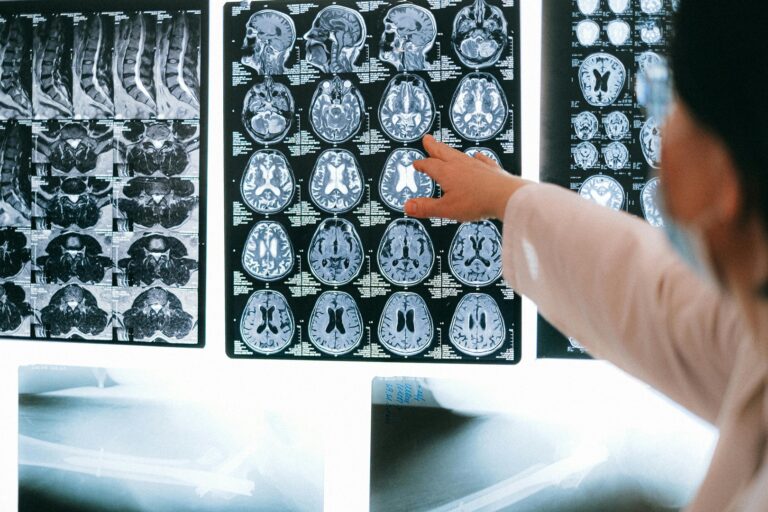The evaluation, diagnosis and management of IIH patients is complex and requires not only input from primary care physicians and neurologists, but also includes ophthalmologists, neurosurgeons, and interventional neuroradiologists who must work in concert to appropriately treat this illness.
A minority of patients either present with fulminant IIH symptoms or fail medical management, requiring procedural intervention to preserve vision and improve symptoms. Relieving intracranial hypertension – by lowering intracranial pressure – via permanent CSFFluid that is made by specialized cells in the ventricles of the brain. Click the term to read more diversion is regarded as an effective treatment option for this group of patients.
The Basics of CSF Diversion
CSF diversion is commonly known as shuntingA surgery during which a hollow tube (shunt) is placed in the sinus to help drain cerebrospinal fluid. Click the term to read more or a shuntA hollow tube that can be surgically placed in the sinus to help drain cerebrospinal fluid. Click the term to read more, quite simply refers to the placement of a permanently implanted tube that diverts CSF to another area of the body where it can be reabsorbed. This surgery is performed by neurosurgeons, occasionally with the assistance of other surgical specialists depending on the type of shunt (more on that below). The ‘proximal’ portion or beginning of the shunt is that end of the tube that lies within the CSF space. The tube then traverses subcutaneously where its ‘distal’ end is placed within the body cavity where the CSF is ultimately diverted to for reabsorption.
Frequently, there are valves or other devices that lie along the path of the tube that can regulate the amount of CSF that is drained. With regards to the valves themselves, two general varieties include programmable and non-programmable valves. Non-programmable valves drain CSF when the intracranial pressure is above a certain level – and this level is determined by the valve itself and cannot be changed. Programmable valves allow the intracranial pressure at which CSF will drain to be adjusted by the neurosurgeonMedical doctor who diagnoses and treats surgical issues related to the brain, spine, and nervous system. Click the term to read more. The adjustment itself is noninvasive, utilizing a small handheld magnet, and is done in a clinic setting. Furthermore, there are other devices, known as anti-siphon devices, that prevent overdrainage of CSF based on patient position. These devices may be built into a valve or be placed in series along the path of the shunt tubing.
Shunt procedures are frequently defined by preceding terminology that defines the location of the ‘proximal’ portion or beginning of the tube followed by the ‘distal’ portion or end of the tube. The most common type of shunt procedure is the ventriculoperitoneal shuntA procedure undertaken to prevent accumulation of excess cerebrospinal fluid in the brain Click the term to read more, frequently abbreviated as a VP shunt. ‘Ventriculo-” refers to the location of the proximal tube portion being located within the ‘ventricles’ of the brain – the fluid spaces within the brain proper where CSF is made daily. ‘-peritoneal’ refers to the distal tube portion’s location within the ‘peritoneal cavity’, a space within the abdomen where many internal organs, such as the intestines and liver, reside.
With this understanding of the nomenclature, it becomes easy to decipher the other types of shunts that are commonly performed by neurosurgeons:
- Ventriculopleural shunt: drains CSF from ventricles within brain to pleural cavity in chest where the lungs are located
- Ventriculoatrial shunt: drains CSF from ventricles of the brain to large veins returning venous blood to the heart (‘atrium’)
- Lumboperitoneal shuntA procedure that prevents the accumulation of excess cerebrospinal fluid in the brain. Click the term to read more: drains CSF from the lumbar cistern in the lower back to the peritoneal cavity



